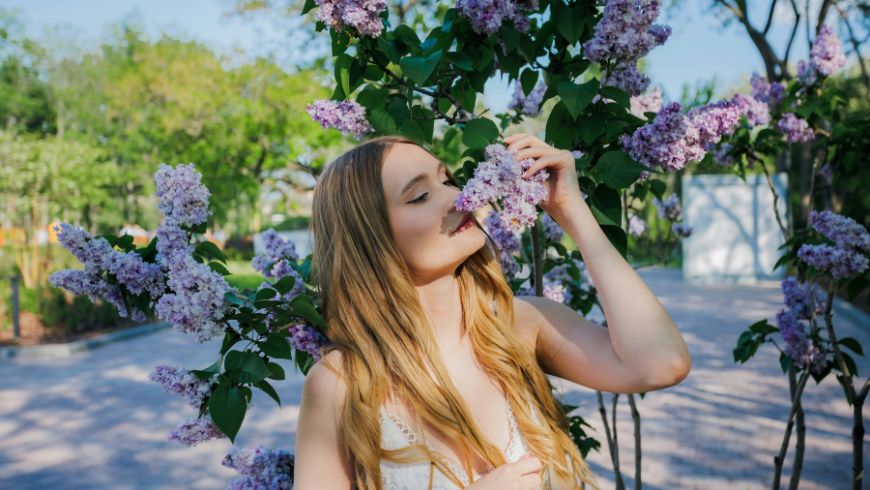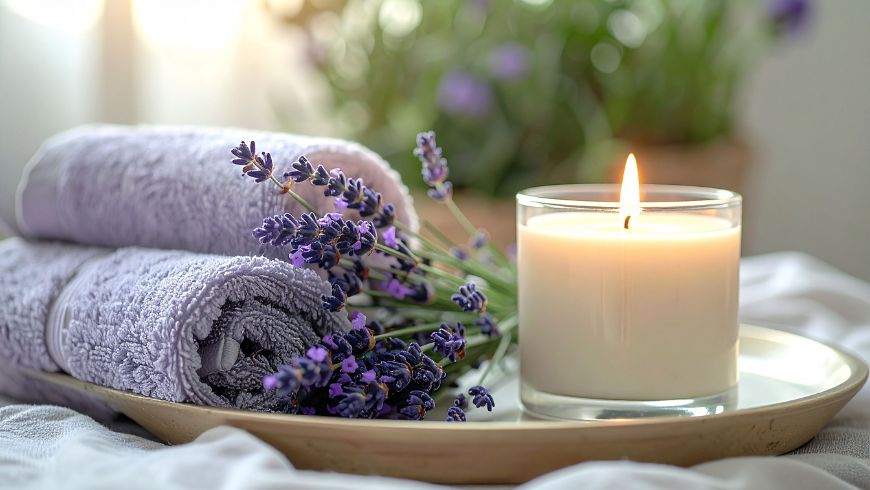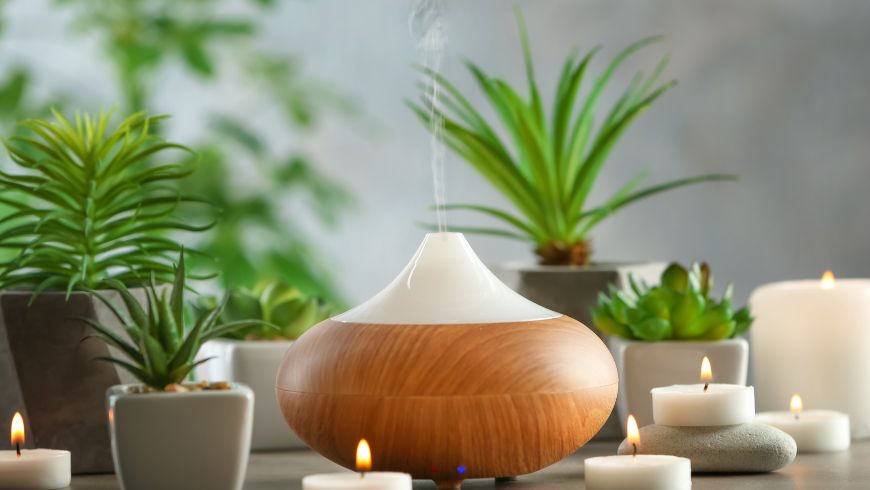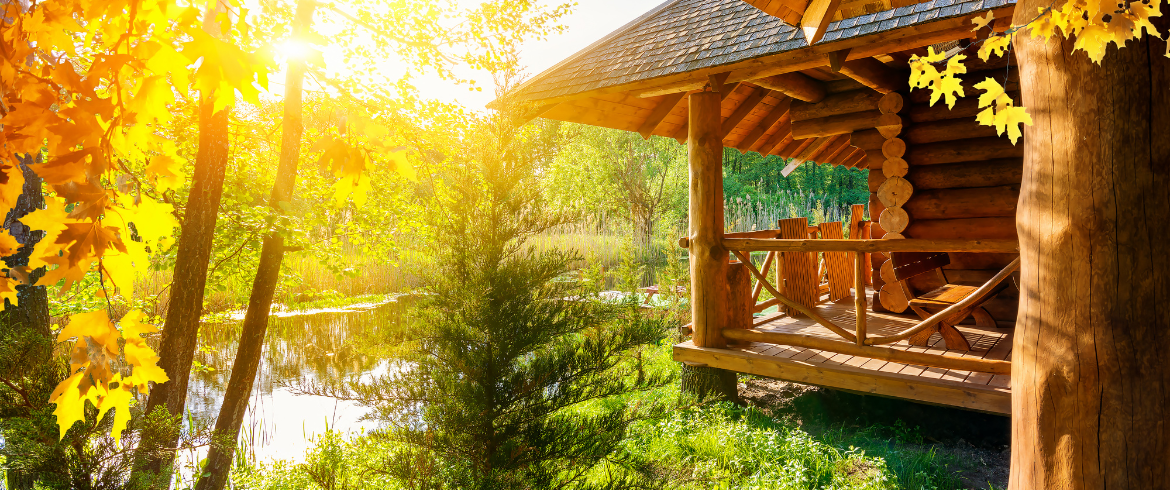Eco-tourism is more than just sustainable travel—it’s about creating connections with the environment through immersive, sensory experiences. One of the most powerful yet often overlooked aspects is scent. Local botanicals, when infused into a room diffuser, can capture the essence of a destination and transform a trip into a lasting memory.
Why Scents Matter in Eco-Tourism
Our sense of smell is one of the strongest links to memory and emotion. Walking into a rainforest lodge with fresh herbal notes or a coastal retreat filled with citrus and salty air creates an immediate emotional imprint. Eco-tourism destinations use this connection to design diffuser blends from locally harvested botanicals, tying their identity to the land.
- Scents tell stories rooted in the landscape.
- They deepen relaxation, grounding travelers in the moment.
- They highlight sustainability by replacing synthetics with natural ingredients.

The Power of Local Botanicals
Local botanicals are not simply plants—they are cultural symbols and ecological markers. When infused into diffuser blends, they form an olfactory signature that feels authentic to travelers and reflects the destination’s identity.
Benefits of Using Local Ingredients
- Freshness: Recently harvested botanicals retain their natural potency.
- Sustainability: Local sourcing reduces emissions and supports nearby communities.
- Cultural connection: Many scents carry ties to traditional rituals and heritage.
Signature Scents from Eco-Tourism Hotspots
Each region has its own ecological treasures that inspire signature scent blends. Eco-tourism resorts often draw directly from the surrounding landscape.
Southeast Asia: Lemongrass and Jasmine
In Thailand and Bali, lemongrass is prized for its crisp, citrus brightness. Paired with jasmine’s sweet floral tone, the combination creates a refreshing yet romantic balance that reflects the vibrancy of tropical gardens.
Mediterranean: Lavender and Rosemary
Coastal eco-villages in Greece and Italy often highlight lavender and rosemary. Both grow abundantly across the region and symbolize tranquility and vitality—perfect for fostering relaxation in seaside settings.

South America: Palo Santo and Citrus
In Ecuador and Peru, palo santo is a defining element of diffuser blends. Its grounding, subtly sweet aroma pairs seamlessly with local citrus, producing scents that calm the mind and restore balance.
Africa: Hibiscus and Baobab
Across East Africa, hibiscus brings floral brightness while baobab adds an earthy depth. Together, they embody the vitality of African flora, channeling the landscape into the indoor environment.
Crafting Your Own Eco-Tourism Inspired Diffuser
Travel doesn’t have to end when you return home. With a little creativity, you can recreate eco-tourism–inspired diffuser blends to relive the essence of your trip.
Step 1: Choose a Botanical Base
Select a base depending on the mood you want to create:
- Energizing: Citrus, peppermint, eucalyptus.
- Grounding: Sandalwood, cedar, palo santo.
- Relaxing: Lavender, chamomile, jasmine.
Step 2: Blend for Balance
Layering two or three botanicals creates complexity and depth:
- Morning uplift: Lemongrass, mint, orange.
- Evening calm: Lavender, sandalwood, bergamot.
Step 3: Infuse into a Room Diffuser
- Add 10–15 drops of your chosen blend to water.
- Use a reed or ultrasonic diffuser for even dispersal.
- Adjust ratios until the scent feels uniquely yours.

Eco-Tourism and Sustainability in Scent Design
Signature scents in eco-tourism are more than just luxuries; they represent sustainability in action. Both travelers and resorts are moving away from synthetic fragrances and embracing natural, plant-based alternatives.
Sustainable Practices to Note
- Zero-waste packaging: Essential oils stored in refillable or recyclable glass containers.
- Local sourcing: Partnerships with farmers cultivating herbs and flowers nearby.
- Organic cultivation: Avoiding pesticides to protect ecosystems and biodiversity.
This ensures that the benefits extend beyond fragrance to include environmental protection and community support.
The Cultural Layer of Scent
Eco-tourism is as much about culture as it is about nature. Many local botanicals hold symbolic meaning, making diffuser blends more than fragrant air—they are expressions of tradition.
Examples of Cultural Symbolism
- Jasmine in Asia: Revered as a flower of purity and love.
- Lavender in Europe: Associated with healing and calm.
- Hibiscus in Africa: Symbolizes hospitality and celebration.
- Sage in North America: Used in cleansing and renewal rituals.
These symbolic layers add depth, allowing travelers to experience culture through scent as well as sight and sound.

The Future of Signature Scents in Eco-Tourism
As eco-tourism grows, sensory immersion will continue to shape how travelers experience destinations. Scent design, in particular, will play a defining role.
- Personalized blends: Guest-specific diffuser oils tailored to moods and preferences.
- Workshops: Opportunities for travelers to craft their own blends during stays.
- Wellness integration: Aromatherapy incorporated into yoga, meditation, and spa experiences.
With travelers increasingly seeking authentic and sustainable experiences, local botanicals will remain central to how destinations define themselves through fragrance.

Author Bio: Georgia Tsakis is a lifestyle writer and storyteller whose work beautifully bridges the worlds of travel, design, and eco-living. Born and raised on the Greek islands, she carries with her a deep connection to the sea and a lifelong passion for spaces where nature and home coexist in harmony. Recently, her focus has turned to the art of room diffusers, exploring how natural scents and eco-friendly oils can transform interiors, creating soothing atmospheres that inspire calm while staying true to sustainable values.
